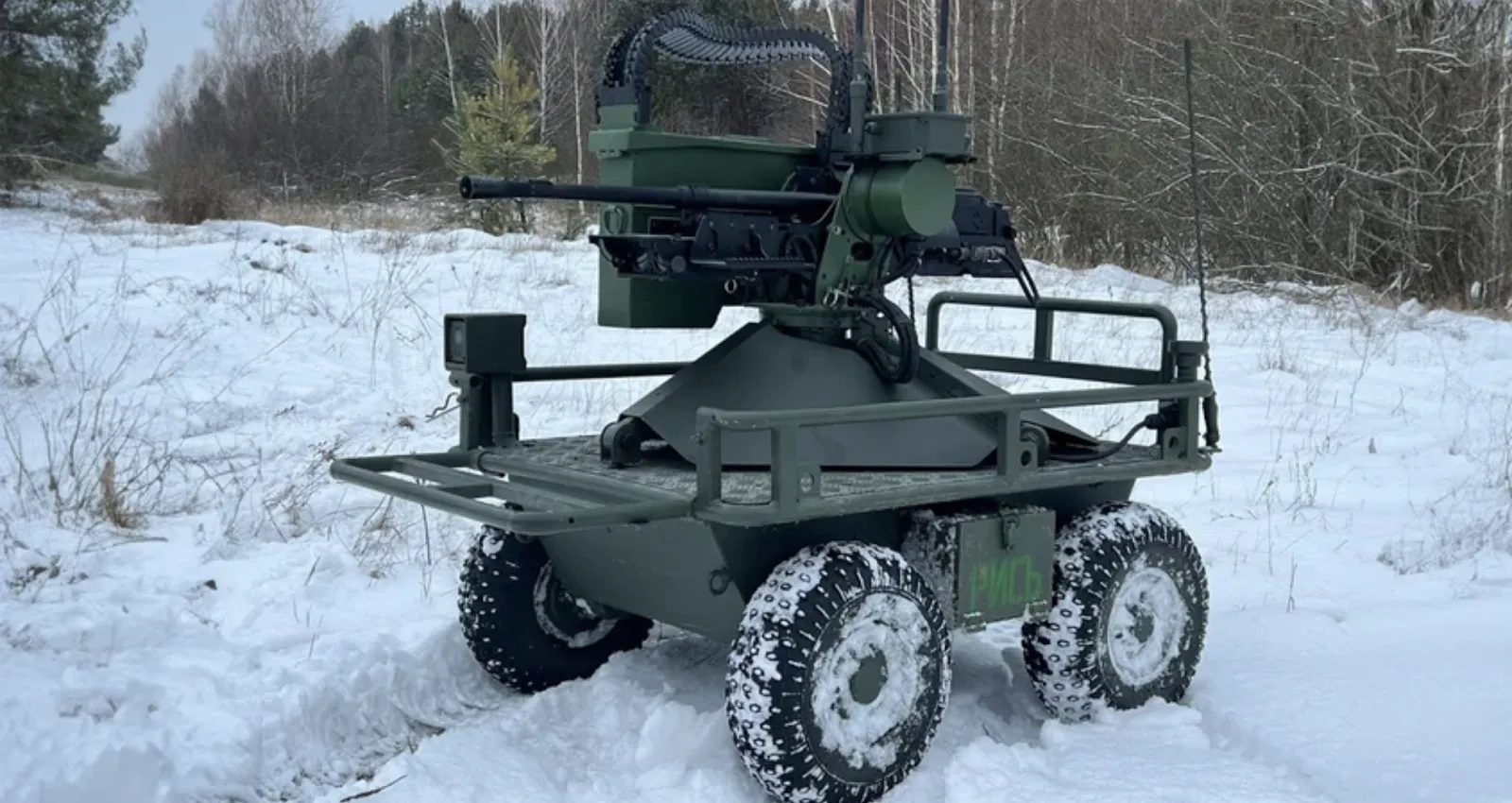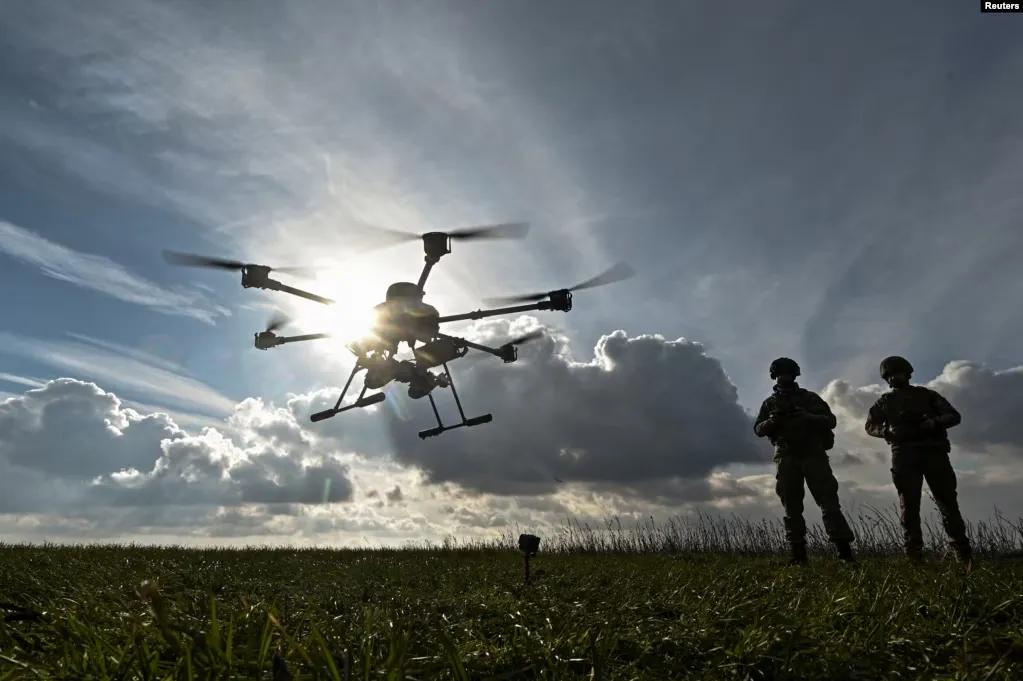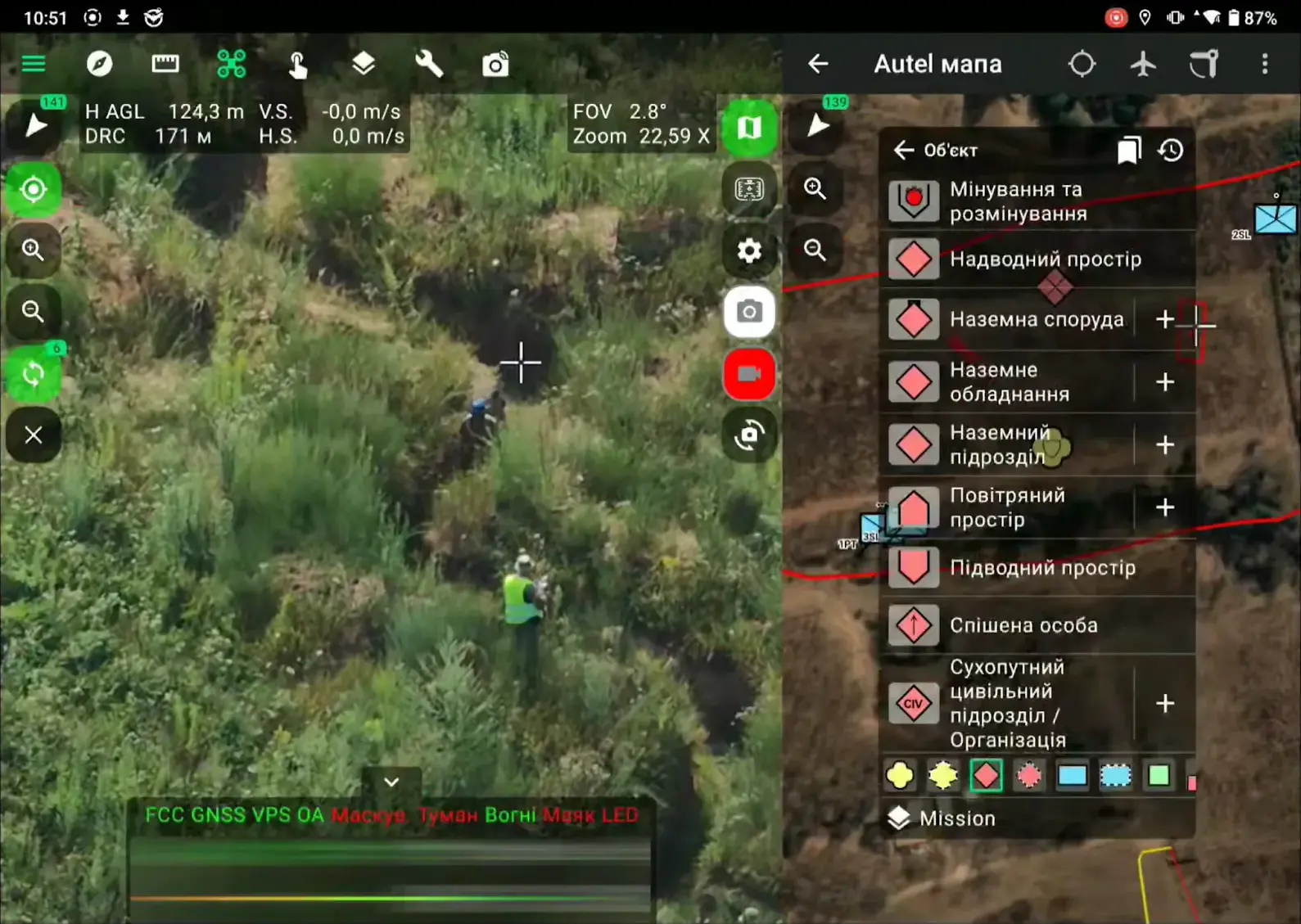One may argue that in nowadays wars, technologies decide everything. While the thesis itself is disputable, the increased role of technologies in modern warfare is a matter of fact, proved by today’s battlefield. This article provides a brief overview of the most relevant (as of July 2024) domains and development trends of military and defence technologies in the context of the current Ruso-Ukrainian war.
The primary purpose of this paper is to highlight these domains, trends, and directions to help the involved stakeholders better understand the battlefield’s current and short-term needs. The overview is based on open source data and feedback from the Ukrainian military with combat experience.
Before proceeding to the overview, it’s important to note a few things. Firstly, it is the multi-factored and multi-dimensional nature of warfare. Thus, it is crucial to consider other interconnected factors, all having direct or indirect impacts on each other, on warfare overall and on the outcomes of military conflict in particular. In essence, no technology can exist in a vacuum.
Among them are the political will; a legal framework that allows the development of own technologies and production, state-produced weapons, munitions, and partials; defence manufacturers-friendly regulations, including simplification of import logistics, product development processes and production scaling procedures; wartime economy taken as a state policy and de facto capacity to operate with resources available; government’s transparent and mature communication with the people; efficient and timely introduced mobilisation and demobilisation policies; the reduction of red tape burden — on politico-economic dimension.
Also, it is efficient Command and Control (C2); the mastery of military leadership and the ability to efficiently manage forces and means within the general combined-arms plan in the long-term perspective; the encouragement of personal growth and technological development within the forces on horizontal level; troops morale; the ability to quickly adapt to enemy’s tactical and technological innovations on the battlefield; the appliance of the Lessons Learned approach based on personally gained combat experience and shared by friendly units; introduction and comprehensive implementation of the After Action Review approach; high level of interoperability among the forces and means; established communication within the units — on warfare dimension.
On societal dimension, it is all about society’s resilience as a whole, its inclusiveness in the “total war” concept, the comprehension of the need for militarisation in the face of a war of survival, incl. the involvement in the defence and mil tech industries.
Finally, in terms of the geopolitical dimension, there is a state’s ability to assemble and unite partners and allies, build long-lasting unions and ensure that the allies’ political, military, and financial support is based on long-term shared interests and perspectives.
Hence, analysing warfare through the “big picture thinking” perspective, it should rather be comprehended as a chaos, in which technologies are part of it.
Secondly, precisely due to warfare’s multi-factored and multi-dimensional nature, there is no universal model of fighting a war, nor is there a textbook on how to win the wars. Each military conflict is unique by its character, form, and mode which are defined by the above mentioned factors (thesis 1). No future war will be the same as today’s war.
The current Ruso-Ukrainian war demonstrates how particular technologies, introduced to the battlefield, allow achieving technological advantage over the enemy. To be more precise, it is primarily the Unmanned systems that allowed Ukraine to gain significant results in an unconventional manner during the various stages of the this phase of the conflict. For instance, on a strategic warfare level, the affordable USVs (such as uncrewed boats “Sea Baby”) gave Ukraine an asymmetric advantage at sea. Another example is deepstrike UAVs, or OWA drones (such as “Liutyi”) which, since 2023, are used to conduct attack operations deep in the enemy’s rear (300+ km range). OWA drones inflict damage to enemy’s strategic sites such as oil refineries and military air bases, ammo depots, anti-air defence means, etc.
Thirdly, there is a technology’s life cycle reduction tendency. This observation is reflected by the renowned combat military leader Kyrylo Veres, the Hero of Ukraine, “K-2” battalion commander of the 54th Mechanised Brigade. Talking on the adaptability of tactics and techniques in a recent interview, he says “[…] war is like fashion”, clarifying that when out of the trends even for a short time, one becomes outfashioned. Under the current frontline circumstances, it takes only 1–1,5 months to become outdated.
This is now an estimated period of action-counteraction-action iterations series, during which the enemy adapts to an “innovation” and elaborates more or less systematic approaches and countermeasures. Thus, the key is the ability to build up and launch a product or technology whose life cycle will last at least as long as the window of opportunities, created by this solution or means, is open.
That is why, it would be incorrect to name specific products or technologies that will be relevant today, in a few weeks, and in a half a year. Instead, we can define the trends and directions of their development.
I. With warfare automation rising overall, Ukraine is focusing on developing Unmanned systems across Aerial, Land, and Maritime domains, which can be grouped into a first block.
Across all mentioned domains, the following technologies that create capabilities, are now in the focus (based on the analysis of the MoD of Ukraine, non-public source):
Within the domains, the development of Unmanned systems can be seen as follows:
Land: Ground Robotic Complexes, by functionality:
Additionally, the means of fighting against Ground Robotic systems can be distinguished as another relevant direction.

Robotic complex “ShaRys” produced by Roboneers. This Ground Robotic Complex consists of combat module “ShaBlya”, installed on the remotely controlled platform “Rys”. Photo credits: Roboneers.
Maritime: surface (USV) and underwater (UUV) drones, by functionality:
Aerial: UAS, by functionality:

Multirotor-type heavy-lift attack UAV “Vampire” produced by SkyFall. Photo credits: Reuters.
Additionally, important within this domain technologies should be noted separately:
C-UAS (to operate against small-sized air forces):
II. Inflicting fire damage means as the second block include:
III. Combat software is another critically important area of defence technologies (in the context of Ukraine, currently underestimated) that, among all, enable battle management and coordination of forces and means:

Video demo (screenshot) of the CombatVision updated version 4.4.7: mapping of the tactical data and its transmission by radio communication. Source: CombatVision.
Today, two main challenges within this group of technologies are:
1) the need for the introduction of legal framework for software solutions on the government level; 2) interoperability across domains and systems.
IV. Countering guided bombs is essential for the frontline (50 km) distance:
V. EW and ES, communication:
VI. Development of satellite reconnaissance: creation of own capabilities to implement intelligence.
VII. Cyber weapons
VIII. Battlefield logistics
IX. Directed energy weapons (DEWs):
After all, it should be highlighted that the relevant technologies, as the main trends, primarily will be developed in the areas of Unmanned systems and Software solutions for application on the battlefield. Overall, the development of weapons systems can be tracked in the directions of automatisation, (increasing) interoperability, and realisation of joint operations, based on compatibility protocol.